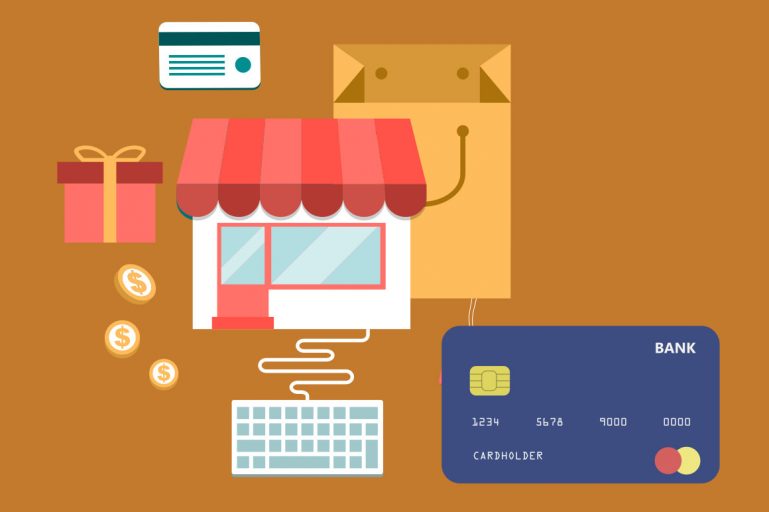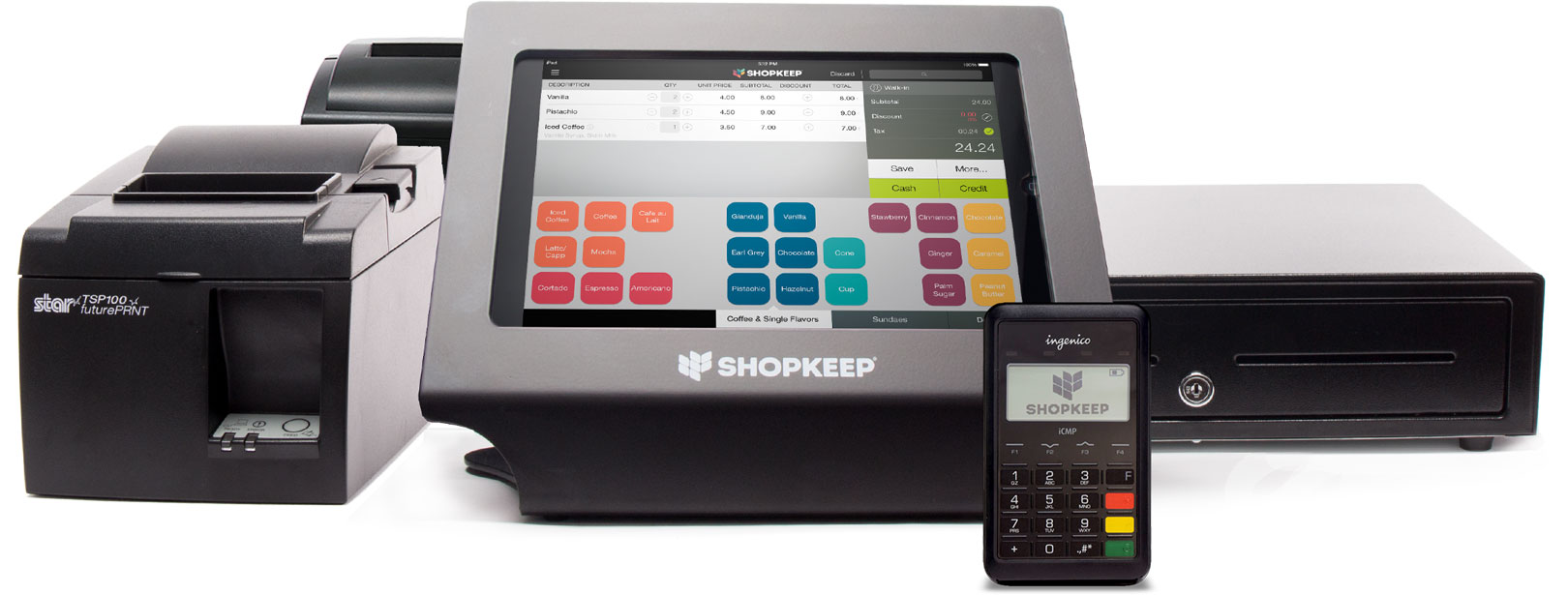
Answering EMV Shift Questions and What You Need to Prepare
There are many things to ask yourself as you begin to prioritize EMV support.
That’s why we’ve put together a few EMV shift questions (and answers) for the topics we feel are most important.
How many chargeback requests do you get per month?
Chargeback rates vary considerably from industry to industry, but the general threshold for being considered a high-risk merchant is if more than 1% of your sales lead to chargebacks. Do you know what your rate is? If it’s higher than 1%, that’s one reason to prioritize EMV support as soon as possible. If it’s lower than 1%, you may feel comfortable waiting a little longer.
Note that it’s also possible that you are not a high volume merchant, in which case any chargeback requests will disproportionately spike your rates. In that case, take a look at the number of chargebacks you get per month to get a sense of the risk you are exposed to on a regular basis. If it’s significant, then again, you should look to prioritize EMV support as soon as possible. Remember, EMV transactions will reduce chargeback rates significantly.
SEE ALSO: Don’t Let EMV Fallback Transactions Put You In a Bind
What is your average transaction size?
The larger your average transaction size, the larger your risk for fraudulent transactions. Think about it: If someone steals a credit card, are they more likely to purchase a coffee or a diamond ring? Electronics, jewelry, and furniture stores are generally considered to a be among the more likely fraud victims, but no business type is completely immune. Therefore we encourage you to examine your average transaction size to see if you might be vulnerable. The higher the transaction size, the higher you should prioritize EMV support in your planning. Additionally, even if you haven’t been a victim of fraud in the past, as EMV support becomes more common, criminals will look to the weakest links, which usually means small businesses.

How important is transaction speed to your business?
EMV transactions take longer than magstripe or Apple Pay transactions. We’re talking seconds, not minutes, but we also know that in many businesses, every second counts. Additionally, in the earliest days of EMV adoption, as customers and cashiers get used to the new process, transactions will most likely be much slower than they will be a few weeks later. If you’re a high-volume merchant that serves a lot of customers like a food truck, coffee shop, or bakery, you may want to hold off on prioritizing EMV support and wait for chip cards to become more common. On the other hand, if you are a lower-volume merchant that doesn’t usually see long lines, the downside of adding a few seconds to each transaction should be more than offset by the added security you will gain from prioritizing EMV support early on. One other thing to consider if speed is of the essence is to make sure that when you choose an EMV reader, it also supports NFC payments, such as Apple Pay. These payments are much faster than EMV and often faster than magstripe as well.
What do your customers want?
Your customers have been receiving EMV chip cards at an increasingly high rate, with more than six hundred million expected to be available in the United States by the end of 2015. Most of these cards have come with instructions telling them what that new chip means. So EMV knowledge is spreading slowly, but surely. Therefore, if you start getting customers coming in asking to pay with EMV on a regular basis, that should be a telltale sign that you need to prioritize EMV support as soon as possible. Because as the old saying goes, “The customer is always right.”
We hope we’ve solved a few of your EMV shift questions because chip cards are the new standard for credit card payments. Sooner or later, you will have to accept them. It’s just a matter of when. Prioritizing EMV support is not a decision to take lightly, but we hope that by answering these questions above, you will be able to get a better sense of how soon you need to start supporting EMV transactions in your business.
Want to try ShopKeep for yourself?
Just answer a few easy questions.
Need help finding the right point of sale?
Just complete the form. We’ll call you right back to explain how ShopKeep can work for you.
Hit the ground running.Sprinting, in fact!
Read our free, comprehensive guide, Small Business 101, to learn all you need to know about starting a thriving business.

